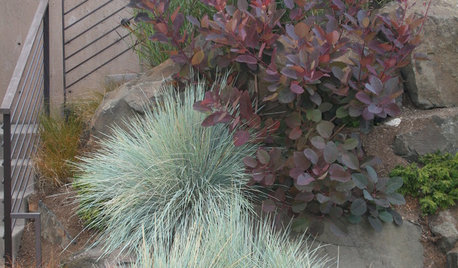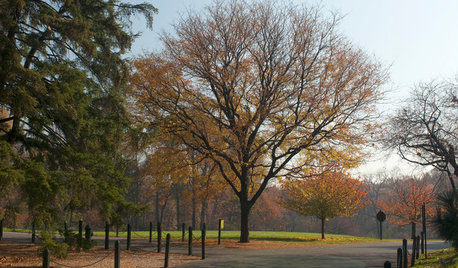How to plant peach tree in Zone 4?
mark_roeder 4B NE Iowa
14 years ago
Featured Answer
Sort by:Oldest
Comments (12)
hines
14 years agolast modified: 9 years agomark_roeder 4B NE Iowa
14 years agolast modified: 9 years agoRelated Professionals
Wrentham Landscape Architects & Landscape Designers · Brentwood Landscape Architects & Landscape Designers · Franconia Landscape Architects & Landscape Designers · Harrison Landscape Architects & Landscape Designers · Roxbury Crossing Landscape Architects & Landscape Designers · Englewood Landscape Contractors · Fort Myers Landscape Contractors · Hicksville Landscape Contractors · Milford Landscape Contractors · Nanuet Landscape Contractors · Pleasant Prairie Landscape Contractors · Saint George Landscape Contractors · Twin Falls Landscape Contractors · Wilton Landscape Contractors · Eastlake Landscape Contractorsolpea
14 years agolast modified: 9 years agofranktank232
14 years agolast modified: 9 years agomark_roeder 4B NE Iowa
14 years agolast modified: 9 years agomark_roeder 4B NE Iowa
7 years agoKonrad..just outside of Edmonton Alberta
7 years agolast modified: 7 years agomark_roeder 4B NE Iowa
7 years agoKonrad..just outside of Edmonton Alberta
7 years agomark_roeder 4B NE Iowa
7 years agoKonrad..just outside of Edmonton Alberta
7 years ago
Related Stories

EDIBLE GARDENSHow to Grow Your Own Peaches and Nectarines
Make gardening a little sweeter with these juicy fruits, which you can eat after plucking or preserve for later
Full Story
TREES7 Deer-Resistant Flowering Trees to Plant this Fall
If you live in a neighborhood with roaming deer, consider these beautiful trees that won't tempt hungry guests
Full Story
GARDENING GUIDESPlant Black Cherry Trees for the Birds and Bees
Plant Prunus serotina in the Central and Eastern U.S. for spring flowers, interesting bark and beautiful fall color
Full Story
GARDENING GUIDESPrunus Virginiana Thrives Under Deciduous Trees
Plant chokecherry for showy white flowers favored by native bees in spring, and to provide nesting habitat and food for birds
Full Story
GARDENING GUIDESWe Bust 4 More Native Plant Myths
Have you been taken in by these fallacies about gardening with native plants?
Full Story
ARBOR DAY8 Reasons to Plant a Great Tree
Beauty is its own reward, but the benefits of planting the right tree in the right place go way beyond looks
Full Story
PURPLE FOLIAGEGreat Design Plant: Smoke Tree
Plant a 'Grace' smoke tree for months of red, burgundy and purple foliage and an unusual spring bloom
Full Story
GARDENING GUIDESGrow Your Own Privacy: How to Screen With Plants and Trees
Use living walls to lower your home and garden's exposure while boosting natural beauty in your landscape
Full Story
GARDENING GUIDES10 Top California Native Plants, Trees and Grasses
Enjoy a fuss-free, water-wise garden in the Golden State by growing plants naturally in tune with the climate and wildlife
Full Story
GARDENING GUIDESGreat Design Plant: Honey Locust Tree
No, it doesn't actually produce honey. But its dappled light and tolerant nature are treats in city and country settings alike
Full StoryMore Discussions







franktank232